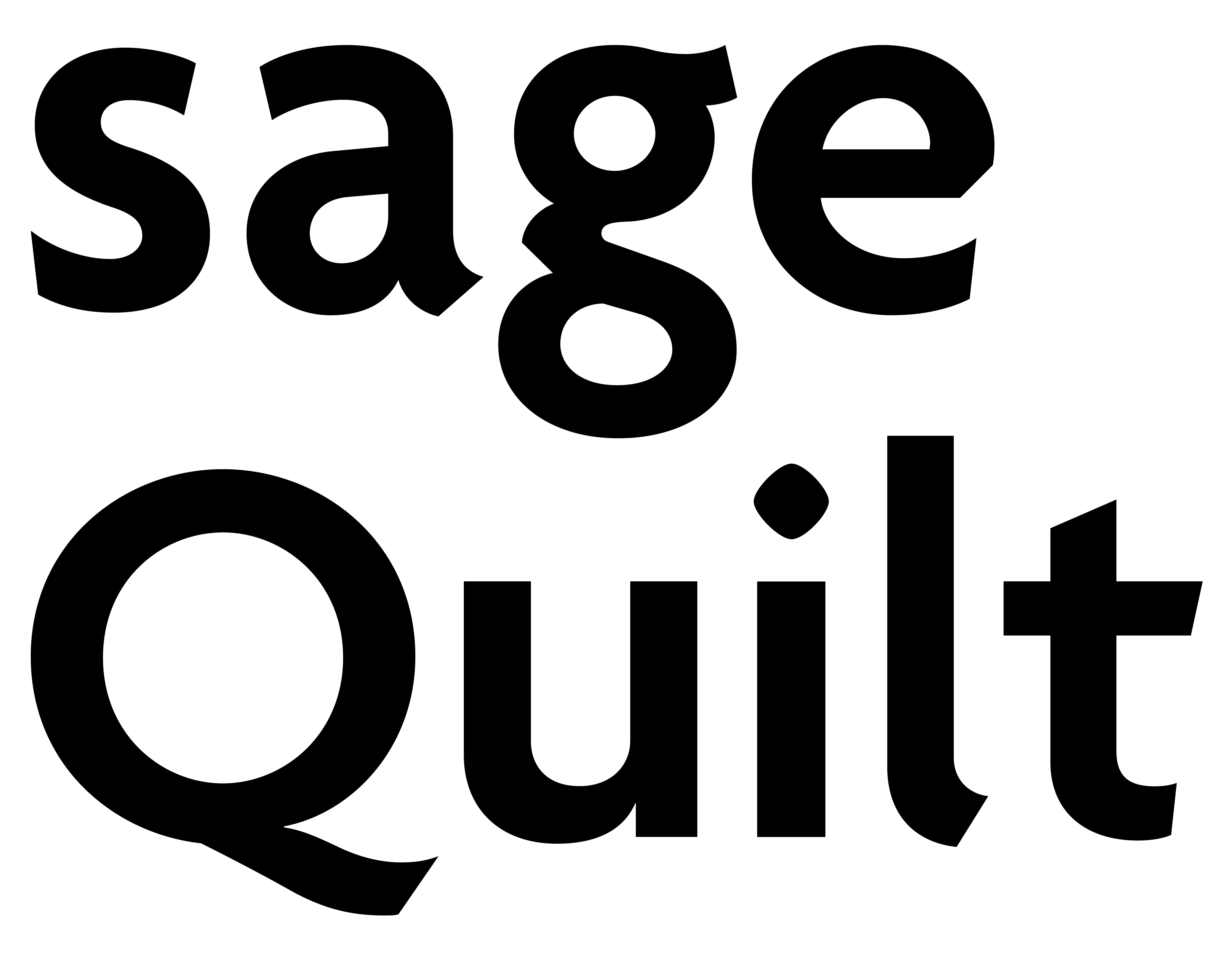
What’s on the Agenda?
Some history on Greg Thompson’s popular Agenda family and a closer look at some of its distinctive details.
Agenda is a fresh humanist sanserif inspired by Edward Johnston’s magnificent London Transport lettering, drawn for the Underground in 1916. Greg Thompson created the typeface in 54 styles, comprising four widths and seven weights, each with a genuine italic design. He started working on it in 1993, soon after designing Bodega Serif and Bodega Sans.
“At the dawn of desktop publishing I was in Chicago,” says Thompson, “digitizing Typositor faces for clients wanting to move their projects to the Mac. One project was a take on Gill Sans for Suntory, a Japanese distillery, which served me well with Agenda.
“After the Bodegas began to sell, I was casting about for a follow-on and became interested in Edward Johnston (1872–1944) and his varied work in the British arts and crafts revival.
“I noticed that the growing Font Bureau library lacked a humanist sans and proposed to fill the hole with a wide-ranging set of weights and widths.”
This was the time when Adobe had introduced Multiple Master fonts and the font-production tool Fontographer had added interpolation of outlines and basic metrics (though not kerning) to their program.
“We tested the water with some basic Roman weights and widths, and when Mr. Market smiled, shortly followed up with drawn italics and a range of styles.
“I knew my way around a pencil, but I had gone all in on digital, so Agenda, like Bodega, grew out of very rough detail explorations on paper, with all development worked out on screen, laser prints, and imagesetter proofs.
“With merciless curating by David and Jill, the finished fonts took shape over a two-year period.”
Distinctive letter forms
Agenda’s letter forms are distinctive, especially in the lowercase. One of the face’s most characteristic design details is the diagonal cut in the lowercase e. Thompson explains that the diagonal flavors many other characters in the typeface, too. “I thought it evoked Johnston’s wide steel nib, and used the gesture all over the place.”



 Weight and width map for Agenda Roman, with notes and interpolation values.
Weight and width map for Agenda Roman, with notes and interpolation values.